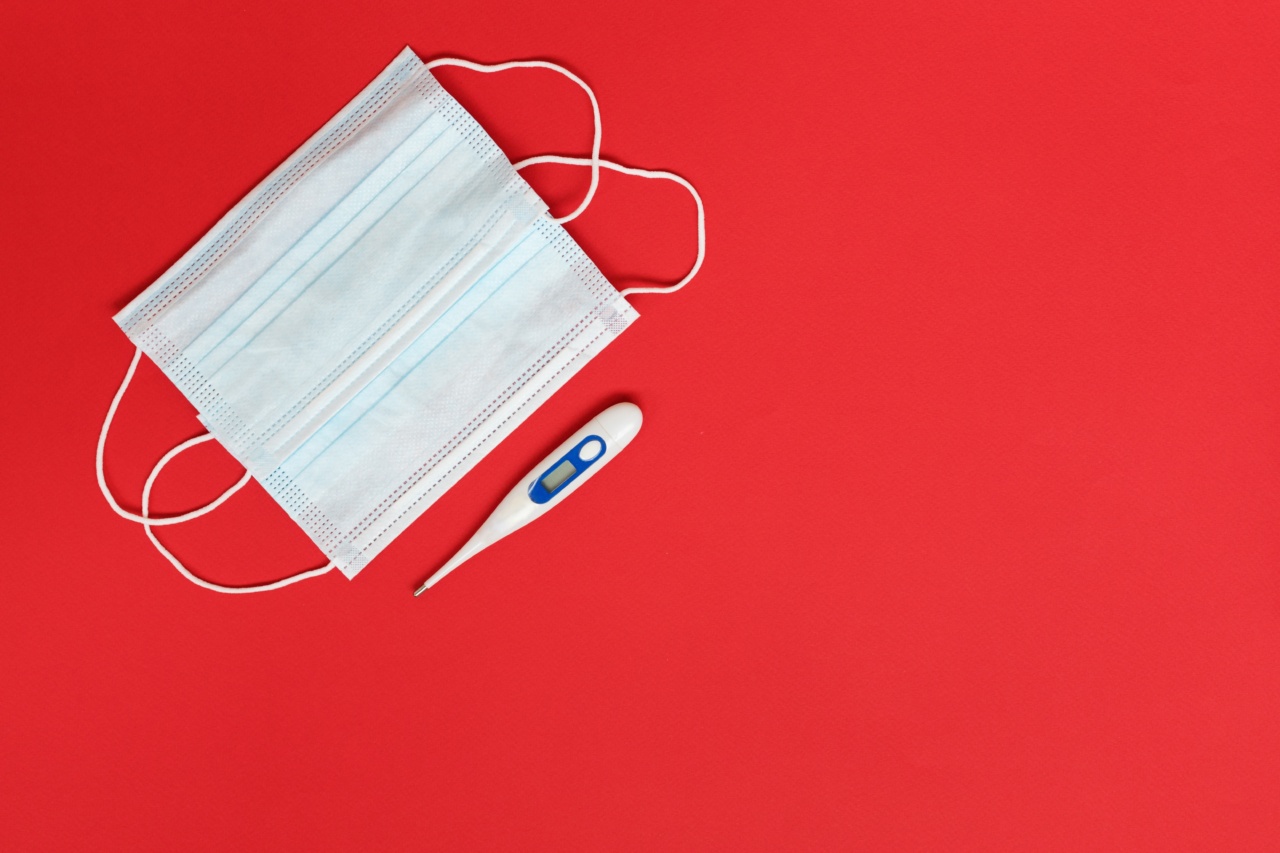Carotid artery disease refers to the narrowing or blockage of the carotid arteries, which are the major blood vessels that supply oxygen-rich blood to the brain.
It’s a serious condition that can increase your risk of stroke, heart attack, and other cardiovascular problems. In this article, we will discuss the risk factors and prevention of carotid artery disease.
Risk Factors for Carotid Artery Disease
Several factors can increase your risk of developing carotid artery disease, such as:.
1. Age and Gender
The risk of developing carotid artery disease increases as you get older, especially after the age of 65. Men are also more likely to develop the condition than women.
2. High Blood Pressure/Hypertension
High blood pressure can damage the walls of the arteries, including the carotid arteries. The higher your blood pressure, the greater your risk of developing carotid artery disease.
3. Tobacco Use
Smoking or using tobacco products can damage the lining of the arteries and increase the buildup of fatty deposits (plaque) that cause carotid artery disease.
4. High Cholesterol
High levels of LDL cholesterol (the “bad” cholesterol) can contribute to the development of carotid artery disease. When LDL cholesterol builds up in the arteries, it can cause plaque to form on the artery walls.
5. Diabetes
People with diabetes have a higher risk of developing carotid artery disease. High blood sugar levels can damage the lining of the arteries and contribute to the buildup of plaque.
6. Family History
If your parents or siblings have a history of cardiovascular problems, including carotid artery disease, you may also have an increased risk of developing the condition.
Prevention of Carotid Artery Disease
The good news is that you can take steps to reduce your risk of developing carotid artery disease. Here are some preventive measures:.
1. Quit Smoking
If you smoke or use other tobacco products, quitting is the best thing you can do for your health. Talk to your doctor about nicotine replacement therapy or medications to help you quit.
2. Maintain a Healthy Diet
Eating a heart-healthy diet that’s low in saturated and trans fats and high in fruits, vegetables, whole grains, lean protein, and healthy fats (like those found in nuts, seeds, and fatty fish) can help reduce your risk of carotid artery disease.
3. Manage Your Blood Pressure and Cholesterol
If you have high blood pressure or high cholesterol, it’s essential to manage these conditions. Your doctor may prescribe medication, recommend lifestyle changes, or a combination of both.
4. Get Regular Exercise
Aim for at least 30 minutes of moderate-intensity exercise most days of the week. Walking, swimming, cycling, and other activities that get your heart rate up are good choices.
5. Manage Diabetes
If you have diabetes, it’s crucial to keep your blood sugar levels under control by following your treatment plan and making lifestyle changes as recommended by your doctor.
6. Treat Sleep Apnea
Untreated sleep apnea can increase your risk of carotid artery disease. If you snore regularly or feel tired during the day, talk to your doctor about getting tested for sleep apnea.
7. Manage Stress
Chronic stress can contribute to a host of health problems, including carotid artery disease. Try relaxation techniques like meditation, yoga, or deep breathing exercises to manage stress.
8. See Your Doctor Regularly
Regular check-ups with your doctor can help catch any signs of carotid artery disease early and allow for prompt treatment.
Final Thoughts
Carotid artery disease is a serious condition that can increase your risk of stroke, heart attack, and other cardiovascular problems.
However, by understanding the risk factors and taking preventive measures, you can reduce your risk of developing the disease.






























